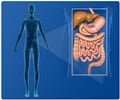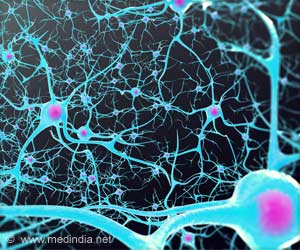The discovery of three distinct subtypes of eosinophilic esophagitis such as EoEe1, EoEe2, and EoEe3 may provide medical therapies for emerging food allergy disorder.

‘Identification of three endotypes of eosinophilic esophagitis (EoEe1, EoEe2, and EoEe3) which ranged from mild to severe may provide medical therapies for emerging food allergy disorder.’





"Our goal is to provide the type of deep disease understanding and therapeutic decision-making that is now becoming routine in the cancer field," says Marc Rothenberg, MD, Ph.D. director of allergy and immunology at Cincinnati Children's and senior author of the study. "We applied deep molecular profiling of biopsy tissues from patients undergoing endoscopy to evaluate the presence of EoE.We found that molecular profiling provided an advantage compared with classical microscopic analysis, the traditional approach to looking at biopsy specimens. These findings provide a potential framework for developing distinct predictive medicine and future therapeutic strategies for specific EoE subpopulations."
The study, conducted at research institutions throughout the United States, is published in The Lancet Gastroenterology & Hepatology.
The scientists studied biopsies of 185 children and adults at 10 sites associated with the Consortium of Eosinophilic Gastrointestinal Disease Researchers (CEGIR). After analyzing various structural and molecular features, they identified endotypes that were consistent across children and adults and were independent of the number of eosinophils in each sample. The three identified endotypes ranged from mild to severe.
Eosinophils are normal cellular components of the blood, but when the body produces too many eosinophils, they can cause a variety of eosinophilic disorders, such as EoE. These are disorders involving chronic inflammation and resulting in tissue damage, often in the gastrointestinal system, including the esophagus.
Advertisement
Source-Eurekalert















